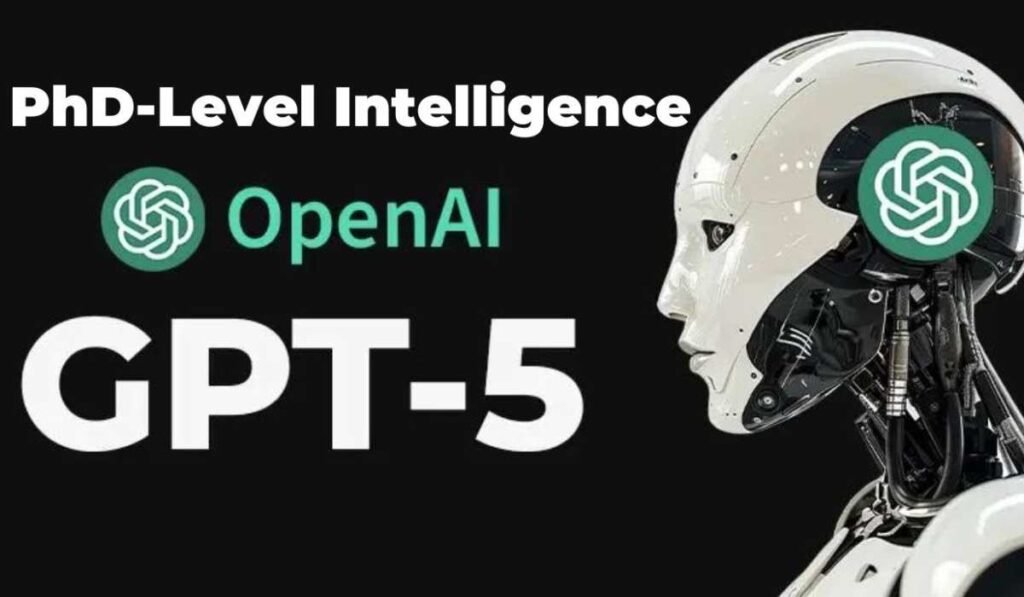OpenAI’s GPT-4.0 upgrade has quietly revolutionized the AI landscape. In a move that’s sending ripples through the artificial intelligence community, OpenAI has discreetly rolled out its most potent version of ChatGPT yet. This latest iteration, powered by an upgraded GPT-4.0 model, marks a significant leap forward in AI capabilities. But what does this OpenAI GPT-4.0 upgrade mean for users, developers, and the future of AI? Let’s dive into the details of this groundbreaking update and its potential implications.
The Stealth Upgrade: GPT-4.0 Emerges
OpenAI, known for its groundbreaking work in AI, recently caught the tech world off guard with an understated announcement. In a simple tweet, the company revealed:
“There’s a new GPT-4.0 model out in ChatGPT since last week. We hope you’re all enjoying it and check it out if you haven’t. We think you’ll like it.”
This modest declaration belies the significant advancements packed into the new model. Users across various platforms quickly noticed enhanced performance, sparking speculation about a potential upgrade. The confirmation from OpenAI turned those rumors into reality, unveiling a host of improvements that are set to redefine AI-powered language models.
Key Enhancements in GPT-4.0
- Enhanced Contextual Awareness: The new model excels at maintaining context over extended conversations, resulting in more coherent and contextually appropriate responses.
- Improved Query Understanding: GPT-4.0 demonstrates a marked improvement in comprehending complex and nuanced questions, making interactions feel more natural and insightful.
- Advanced Ambiguity Handling: The upgrade equips the model to better infer user intent, providing accurate answers even when input is vague or open-ended.
- Increased Speed and Efficiency: Users report faster response times, enhancing the overall interaction experience.
- Adaptive Learning Capabilities: GPT-4.0 showcases advanced learning abilities, allowing it to adapt more effectively to new information and evolving user needs.
These improvements collectively represent a significant step forward in AI language model capabilities, setting a new standard for human-AI interaction.
Project Strawberry: The Secret Ingredient?
While the GPT-4.0 upgrade is impressive on its own, whispers of a mysterious “Project Strawberry” have added an extra layer of intrigue to OpenAI’s recent developments. This secretive initiative is believed to be a cornerstone of the company’s next-generation AI technologies.
What We Know About Project Strawberry
- Size and Power: The project aims to develop smaller yet more powerful models, focusing on enhanced reasoning and contextual understanding.
- Efficiency: A key goal is to create systems that require fewer computational resources while delivering more accurate, human-like outputs.
- SUS-Colomar Model: At the heart of Project Strawberry is the rumored SUS-Colomar model, a compact AI system with advanced reasoning capabilities.
The SUS-Colomar Connection
The SUS-Colomar model is thought to represent a significant advancement in AI reasoning. Designed for efficiency, it promises faster processing and more sophisticated analysis without the need for vast computing power. Many in the AI community believe that elements of Project Strawberry, including the SUS-Colomar model, have already been integrated into the GPT-4.0 upgrade.
Implications for the Future of AI
The quiet release of GPT-4.0 and the rumors surrounding Project Strawberry point to a shift in AI development strategy. Rather than focusing solely on larger models, OpenAI appears to be prioritizing efficiency and advanced reasoning capabilities. This approach could have far-reaching implications:
- Democratization of AI: More powerful, resource-efficient models could make advanced AI tools accessible to a broader range of industries and applications.
- Enhanced User Experience: Improved contextual understanding and reasoning could lead to more natural, human-like interactions with AI systems.
- New Possibilities in Specialized Domains: Advanced models could tackle complex tasks in fields like scientific research, medical diagnosis, and financial analysis with greater accuracy.
- Competitive Landscape: OpenAI’s advancements are likely to spur increased competition and innovation in the AI sector, particularly from rivals like Google and Meta.
The Road to AGI: Are We Getting Closer?
The introduction of GPT-4.0 and the potential breakthroughs of Project Strawberry have reignited discussions about Artificial General Intelligence (AGI). While we’re not there yet, these developments represent significant steps toward more versatile and capable AI systems.
Potential Impact of AGI-like Systems
- Industry Transformation: Advanced AI could revolutionize sectors from healthcare to finance, automating complex tasks and enabling new discoveries.
- Ethical Considerations: As AI capabilities grow, so do concerns about privacy, job displacement, and the need for responsible AI development.
- Human-AI Collaboration: Future AI systems could serve as powerful tools for enhancing human creativity and problem-solving abilities.
What’s Next for OpenAI?
Speculation is rife about OpenAI’s next moves. Some experts believe the company might be gearing up to introduce an even larger model, possibly with 70 billion parameters. Such a model could push the boundaries of AI capabilities even further, potentially offering:
- Improved long-term context understanding
- Enhanced multimedia handling (images, video)
- More sophisticated reasoning and problem-solving abilities
Conclusion: A New Era of AI
OpenAI’s quiet revolution with the GPT-4.0 upgrade and the mysterious Project Strawberry signals a new chapter in AI development. By focusing on efficiency, advanced reasoning, and contextual understanding, OpenAI is paving the way for more powerful, accessible, and versatile AI systems.
As we stand on the brink of these exciting developments, one thing is clear: the landscape of artificial intelligence is evolving rapidly, with far-reaching implications for technology, industry, and society as a whole. The quiet release of GPT-4.0 may just be the harbinger of even more groundbreaking advancements to come.
What are your thoughts on these developments in AI? How do you think enhanced AI models like GPT-4.0 will impact various industries and our daily lives? Share your opinions in the comments below!
The main enhancements in GPT-4.0 include improved contextual awareness, better query understanding, advanced ambiguity handling, increased speed and efficiency, and adaptive learning capabilities.
GPT-4.0 excels at maintaining context over extended conversations, resulting in more coherent and contextually appropriate responses.
Project Strawberry is a secretive initiative believed to focus on developing smaller yet more powerful AI models with enhanced reasoning and contextual understanding. It is rumored that elements of this project have already been integrated into the GPT-4.0 upgrade.
The SUS-Colomar model is a rumored compact AI system at the heart of Project Strawberry, designed to offer advanced reasoning capabilities while being efficient in resource use.
The release of GPT-4.0 suggests a shift towards efficiency and advanced reasoning in AI development, potentially making AI tools more accessible across various industries and improving user experience.
Yes, more powerful and resource-efficient models like GPT-4.0 could make advanced AI tools accessible to a broader range of industries and applications.
AGI-like systems could revolutionize sectors such as healthcare and finance by automating complex tasks and enabling new discoveries.
As AI capabilities grow, concerns about privacy, job displacement, and the need for responsible AI development also increase.
There is speculation that OpenAI may introduce an even larger model, possibly with 70 billion parameters, which could enhance long-term context understanding and multimedia handling.
GPT-4.0 is equipped to better infer user intent, providing accurate answers even when the input is vague or open-ended.





